There are several types of car headlights available in the market today, including halogen headlights, LED headlights, HID headlights, Laser headlights, Adaptive headlights, Projector headlights, Matrix headlights.
Here are the explanation, the pros and cons of each type of car headlight.
Halogen headlights

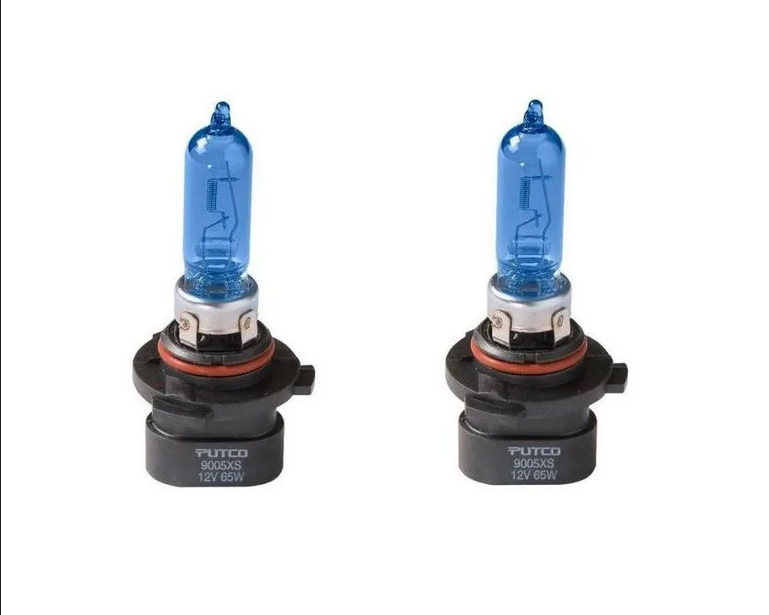
These are the most common type of headlight, which use halogen gas to produce bright, white light.
Prons
- Relatively inexpensive compared to other types of headlights.
- Easy to replace and widely available.
- Produces a warm, natural light that closely approximates daylight.
Cons
- Generates a lot of heat, which can cause problems if the bulb is not properly ventilated.
- Shorter lifespan compared to other types of headlights.
- Consumes more power than some other types of headlights.
Xenon (HID) headlights
Xenon headlights uses a high-intensity discharge (HID) lamp to produce a very bright, intense light. Xenon headlights deliver a white-blue light, approximately two to three times brighter than a halogen, last approximately 2,500 hours and are energy efficient.
Xenon lights were initially created in the 1940s and made available in 1951 by Osram, a German lighting company. They served as a beneficial replacement for the ineffective carbon arc lamp and are currently used in cinemas globally.
The 1991 BMW 7 Series became the first car model to use xenon lights for illumination purposes.
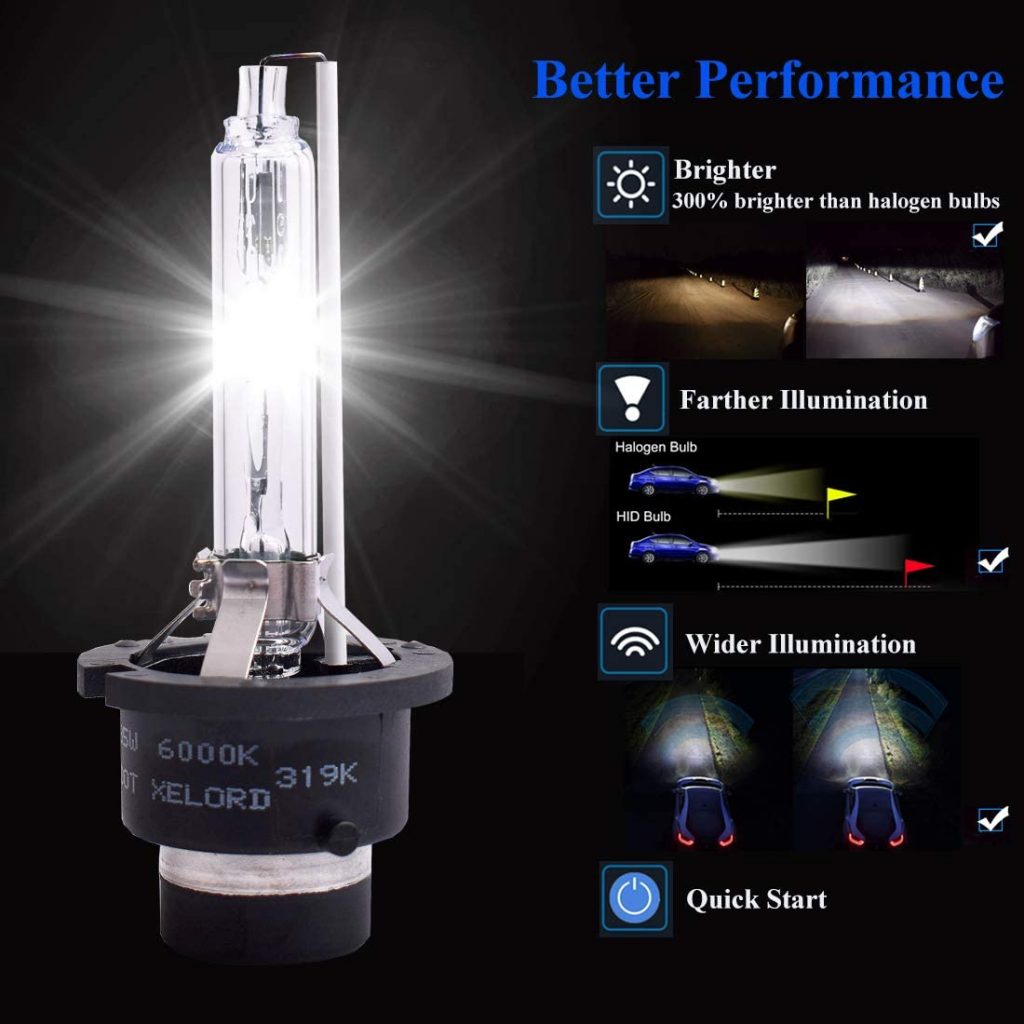
Prons
- Provide a brighter, more intense light than halogen headlights.
- Energy-efficient, using up to 30% less power than halogen headlights.
- Long lifespan, often lasting the lifetime of the vehicle.
Cons
- Expensive compared to halogen headlights.
- May require specialized equipment or professional installation.
- May produce glare that can be distracting or uncomfortable for other drivers.
Is Xenon headlights better than halogen headlights?
Xenon headlights, also known as high-intensity discharge (HID) headlights, have several advantages over halogen headlights:
- Brighter and Whiter Light: Xenon headlights produce a brighter and whiter light than halogen headlights. This makes them ideal for nighttime driving as they can illuminate the road ahead more effectively, improving visibility and reducing eye strain.
- Longer Lifespan: Xenon headlights have a longer lifespan than halogen headlights, typically lasting up to 10 times longer. This means that they require less frequent replacement, reducing maintenance costs.
- More Efficient: Xenon headlights are more efficient than halogen headlights, requiring less power to produce the same amount of light. This can result in improved fuel economy and reduced emissions.
- Stylish Appearance: Xenon headlights have a stylish appearance that can enhance the look of a vehicle. They have a distinctive blue-white light that is often associated with luxury and high-end cars.
Overall, xenon headlights offer several advantages over halogen headlights in terms of performance, lifespan, and efficiency. However, they also tend to be more expensive and can be more difficult to install or replace.
LED headlights
These use light-emitting diodes to produce bright, white light with low power consumption.
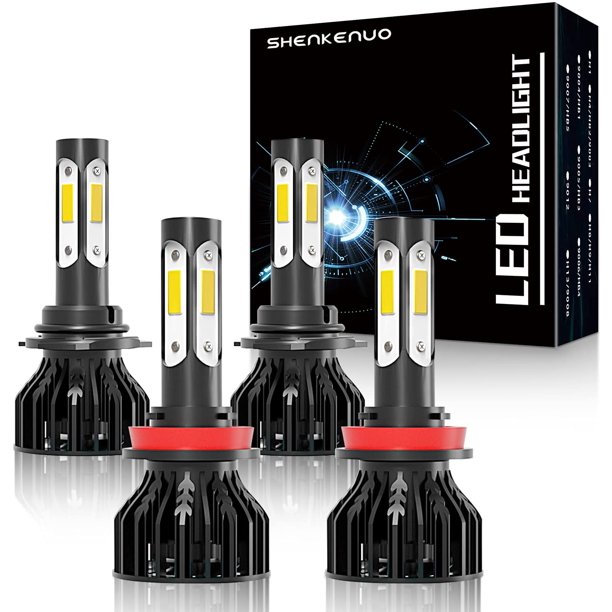
Prons
- Extremely energy-efficient, using up to 80% less power than halogen headlights.
- Long lifespan, often lasting the lifetime of the vehicle.
- Provide a bright, white light that improves visibility and safety.
Cons
- Expensive compared to halogen headlights.
- May require specialized equipment or professional installation.
- Potential for glare that can be distracting or uncomfortable for other drivers.
Is LED headlight? better than Xenon headlights?
LED headlights offer several advantages over xenon headlights, including:
- Increased Efficiency: LED headlights are more efficient than xenon headlights, requiring less power to produce the same amount of light. This can result in improved fuel economy and reduced emissions.
- Longer Lifespan: LED headlights have a longer lifespan than xenon headlights, typically lasting up to 25,000 hours or more. This means that they require less frequent replacement, reducing maintenance costs.
- More Durable: LED headlights are more durable than xenon headlights and are less likely to break due to vibration or impact.
- Instant On/Off: LED headlights turn on and off instantly, providing immediate illumination when the headlights are turned on. In contrast, xenon headlights require a brief warm-up period before reaching full brightness.
- Stylish Appearance: LED headlights have a stylish appearance and are becoming increasingly popular among car enthusiasts. They can be designed in a variety of shapes and sizes, allowing for more flexibility in their placement on the vehicle.
However, there are also some potential disadvantages to LED headlights compared to xenon headlights, including:
- Initial Cost: LED headlights are generally more expensive than xenon headlights, which can make them less accessible for some consumers.
- Glare: LED headlights can sometimes produce a bright, intense glare that may temporarily blind other drivers on the road.
Overall, LED headlights offer several advantages over xenon headlights in terms of efficiency, lifespan, and durability. However, their higher initial cost and potential for glare may make them less practical for some consumers. It is important to consider the specific requirements of your vehicle and personal preferences before making a decision on which type of headlight to choose.
Laser headlights
These use lasers to produce an extremely bright, focused beam of light that can illuminate a long distance ahead. The operational principle of laser headlights involves the utilization of three compact blue lasers that target a series of mirrors positioned at the front of the headlight system. These mirrors concentrate the laser light into a lens containing yellow phosphorus. When activated by the blue laser, the yellow phosphorus emits a powerful white light.
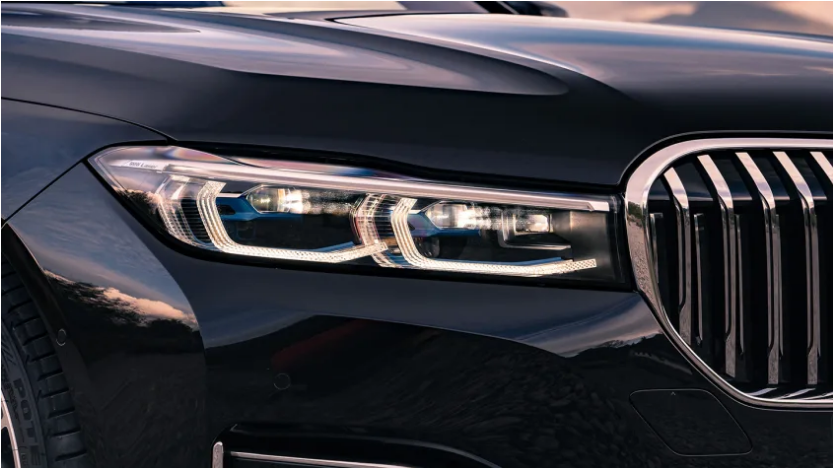

Prons
- Extremely bright and focused beam of light that can illuminate a long distance ahead.
- Energy-efficient, using less power than some other types of headlights.
Cons
- Very expensive and currently only available in select high-end luxury vehicles.
- May produce glare that can be distracting or uncomfortable for other drivers.
- Some countries may have regulations or restrictions on the use of laser headlights.
Is Laser headlights better than xenon headlights?
Laser headlights are a relatively new technology that offer some advantages over xenon headlights, including:
- Increased Brightness: Laser headlights produce a brighter and more intense light than xenon headlights. This means they can illuminate the road ahead more effectively, improving visibility and reducing eye strain.
- Longer Lifespan: Laser headlights have a longer lifespan than xenon headlights, typically lasting up to 30,000 hours or more. This means that they require less frequent replacement, reducing maintenance costs.
- More Efficient: Laser headlights are more efficient than xenon headlights, requiring less power to produce the same amount of light. This can result in improved fuel economy and reduced emissions.
- Smaller Size: Laser headlights are smaller and more compact than xenon headlights, allowing for more flexibility in their design and placement on the vehicle.
However, laser headlights also have some disadvantages compared to xenon headlights, including:
- Higher Cost: Laser headlights are currently more expensive than xenon headlights, making them less accessible for many consumers.
- Limited Availability: Laser headlights are not yet widely available on most vehicles, as they are still a relatively new technology and are currently only found on a few high-end models.
- Safety Concerns: There are some safety concerns around laser headlights, particularly regarding their potential to temporarily blind other drivers on the road. As a result, laser headlights are subject to specific regulations around their use and installation.
Overall, laser headlights offer some significant advantages over xenon headlights in terms of performance and efficiency, but their higher cost and limited availability may make them less practical for many consumers.
Adaptive headlights
These headlights adjust their beam direction and intensity in response to changing driving conditions, such as turning corners or driving on curved roads.
Prons
- Adjust their beam direction and intensity in response to changing driving conditions, providing better visibility and safety.
- Reduce glare for other drivers by automatically adjusting the light pattern.
- Improve visibility when driving on curved or winding roads.
Cons
- More complex and expensive than traditional headlights.
- May require specialized equipment or professional installation.
- May malfunction or require regular maintenance.
Matrix headlights
These use a combination of LED and adaptive technology to create a beam of light that can be precisely controlled and directed to avoid dazzling other drivers. Audi was the first car maker to launch matrix headlights on the Audi A8 in 2013, but since then more and more car makers have rolled out these clever LED lights.
Matrix systems, also referred to as pixel lighting, are built around a high-beam unit comprising a group of LEDs (up to 25 LEDs per high-beam unit in the Audi matrix system), rather than a single high-beam bulb commonly used in traditional headlights. Certain manufacturers, such as Land Rover, provide a range of lighting packages, including Matrix LED and Matrix-Laser LED. These lighting systems are mostly similar, whereby the high beam is automatically activated above a particular speed when the ‘Auto’ setting is selected on the light switch.
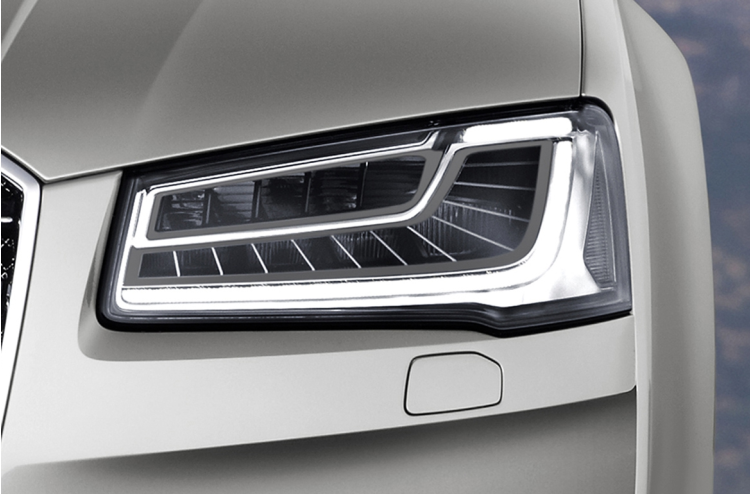
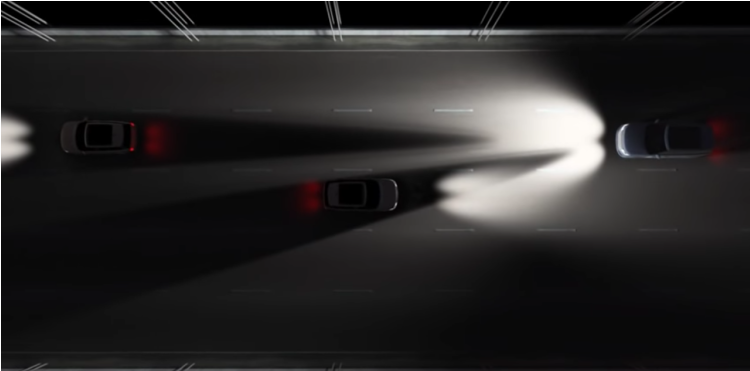
Prons
- Provide a highly precise and controllable beam of light that can adjust to changing driving conditions.
- Reduce glare for other drivers with their precise control of light.
- Improve visibility and safety, especially when driving at high speeds.
Cons
- Very expensive and currently only available in select high-end luxury vehicles.
- May require specialized equipment or professional installation.
- May have a more complex user interface or control system.
Conclusion
Ultimately, the choice of headlight technology depends on personal preferences, budget, and the specific requirements of the vehicle and application. All three types of headlights have their advantages and disadvantages, and the best choice will depend on the individual circumstances.
The generation of car headlights
Car headlights have evolved over time with advances in technology and changes in design. Here are the four main generations of car headlights:
- First Generation: Incandescent Bulbs (pre-1960s) The first car headlights were incandescent bulbs, which were powered by direct current (DC) electricity from the car’s battery. These headlights were relatively dim and did not provide good illumination, especially in adverse weather conditions.
- Second Generation: Sealed Beam Headlights (1960s – 1980s) Sealed beam headlights were introduced in the 1960s and became the standard for many years. These headlights combined the bulb, lens, and reflector into a single unit, making them more durable and less prone to damage. However, they still used incandescent bulbs and were relatively dim.
- Third Generation: Halogen Headlights (1980s – 2000s) Halogen headlights were introduced in the 1980s and quickly became the standard for most vehicles. These headlights used halogen gas-filled bulbs that produced brighter, whiter light than incandescent bulbs. Halogen headlights were also more energy-efficient than previous generations of headlights.
- Fourth Generation: LED and HID Headlights (2000s – present) LED and HID headlights are the most recent developments in car headlight technology. LED headlights use light-emitting diodes to produce bright, white light with low power consumption. HID (High-Intensity Discharge) headlights use a high-voltage arc to produce intense light that is brighter and more energy-efficient than halogen headlights. LED and HID headlights are becoming increasingly popular in modern vehicles due to their efficiency and durability.
Looking for headlight? Look no further, click here to check out Motor Trader Autoparts (Headlights) for sale now!

Is time to renew your road tax & insurance? Use our promo code “GOMOTOR” at GoInsuran.com for discount!

Submitting your news to Motortrader.com.my is easy. Simply send an email to [email protected] with your press release or announcement attached as a Word or PDF document. Please include your contact information and any relevant images or videos that you would like to accompany your news.